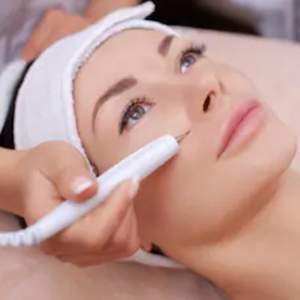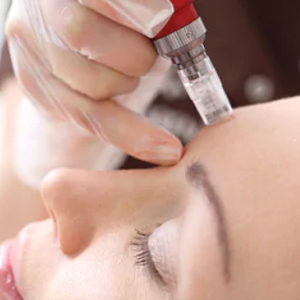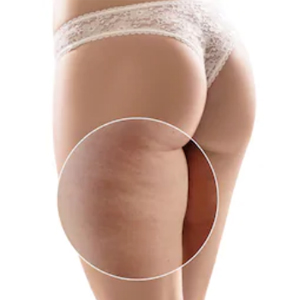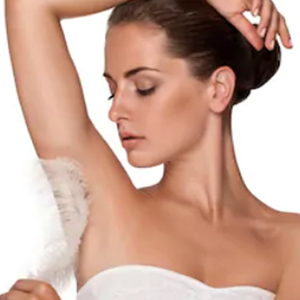While some beauty trends can border on outrageous, there is one trend that we can wholeheartedly get behind: it’s called Slugging. Aptly named after the slimy member of the animal kingdom, it is a beauty trend that originated in K-Beauty (the Korean beauty industry). Let’s break down what slugging is, and why you should (or should not) add this to your beauty regimen.
WHAT EXACTLY IS SLUGGING?
The outermost component of the epidermis (the thin top layer of your skin) is called the stratum corneum, more commonly known as the skin barrier. It is made of tightly bound cells that are held together by ceramides, cholesterol, and fatty acids – which can be found in our sebum (natural facial oil).
The skin barrier serves to protect the layers underneath from pollution, UV rays, toxins, and most importantly from moisture loss. However, we all too often damage our skin barrier through harsh cleansers or active ingredients that dry out our skin and deplete our sebum production.
This is where slugging comes in. By creating a temporary skin barrier, it provides a window of opportunity where our natural barrier can be replenished and renewed.
HOW DOES SLUGGING WORK?
As mentioned, slugging temporarily replaces the natural skin barrier. It does this through an occlusive (remember this term, it’s very important!) such as petroleum jelly (ie. vaseline). Simplified, an occlusive is a moisturizing agent which forms a protective layer, creating a protective barrier and thus sealing in moisture.
While vaseline is the most widely used occlusive, you may also opt for Aquaphor or heavier creams, such as those offered by Cerave. A very thin layer applied overnight can do wonders, and you’ll be pleasantly surprised by your supple, glowing skin come morning.
WHAT ABOUT ACNE-PRONE SKIN?
As amazing as slugging is, it’s not for everyone. If you have extra-sensitive or skin prone to cystic acne, you may want to skip this step. While you probably won’t break out from slugging alone, if you are still producing excess sebum, the oil will get trapped under the occlusive – and with nowhere to escape, it may end up clogging your pores, leading to a breakout.
But all hope is not lost. While you will want to prevent slugging all over when your skin is extra oily, you can try spot-treatments on areas that need extra TLC. Another option is reducing the slugging duration to a few hours, rather than overnight, as this will still provide some benefits without trapping 8 hours worth of excess oil.
HOW TO SLUG
Although the process of slathering your face in occlusive might seem a bit overwhelming at first, the most important things to remember are that A) less is more and B) hide your nice white linens. Here is how to slug:
- Do this at night right before sleeping, and after your night routine.
- Ensure your skin is very clean. The last thing you want is trapping dirt on your skin overnight. We recommend doing a double-cleanse with an oil-based cleanser, followed by a water-based one.
- Apply your humectants while your skin is still damp. This will provide the overnight hydration that you will trap underneath the occlusive. Our favourite is Hyaluronic Acid, but you can also try glycerin or aloe.
- Now the fun part: Apply a very thin layer of the occlusive (ie. vaseline) to your face or treatment area. Be sparing with your application – you really don’t need much, and doing so will extend the lifetime of your linens.
- Come morning, wash it off once again using the double-cleanse method (oil-based cleanser followed by a water-based cleanser).
- Lastly, with regards to frequency, it’s important to listen to your skin. For some, daily slugging works wonders while for others, once a week or once a month will be the most their skin can tolerate.
Slugging might sound intimidating but after your first session, you will wonder how you had ever lived without it. After all, there really are very few things better than waking up with a glorious, hydrated complexion – and your skin barrier will thank you!














